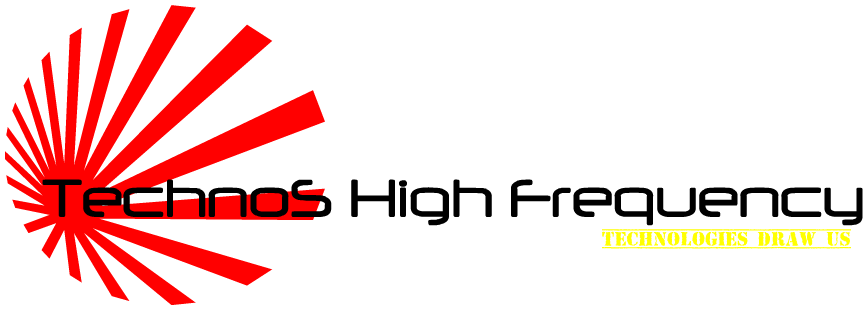this week is the final exam week
we want to discuss on DATA ORGANIZATION
it is included in IT final exam...
really scared uhhh??
it's okay..
what do you know about DATA ORGANIZATION?
actually...
it is the arrangement of the physical records of a data set
also organized into groups / categories
consists of 5 elements, which are.......
1) CHARACTER
most basic logical data element
it is a...
 |
single letter
| | | |
|
|
|
|
or special character...
 |
| punctuation marks |
|
|
 |
| symbol | |
2) FIELD
-known as group related characters
-represents an attributes (description / characteristics) of some entity( person, place)
e.g : an employee is an entity with many attributes including his/her last name
3) RECORD
-collection of related fields
-collection of attributes that describe an entity
4) TABLE
-collection of related records
5) DATABASE
-an integrated collection of logically related tables
next..
what is key field?
-key field-field/ set of fields of a database (relational database) table which together form a unique identifier for a database record (a table entry)
e.g : IC number, student identification
-known as primary key
last but not least...
what is the differences between Batch & Real-Time Processing?
Batch Processing
data collected over several hours, days/ even weeks
"batch"-processed all at once
e.g: monthly credit card statements
firstly,
you use your credit card to make several purchase throughout the month
secondly,
credit card company records your & all other card holder's purchases
finally,
once a month, credit card company produces monthly statements for each of its card holder
Real-Time Processing
-known as online processing
-consists of completing things "to order"
e.g: ATM withdrawal
at first,
you request RM 200 withdrawal at ATM
next,
ATM immediately sends the electronic request to your bank
then,
bank processes the request by verifying you have sufficient funds to cover the request
bank determines your account balance is RM 1200
after that,
bank sends an electronic approval & reduces your account balance by RM 200
lastly,
ATM dispenses RM 200 to you
that's all
good luck for exam!!!
























